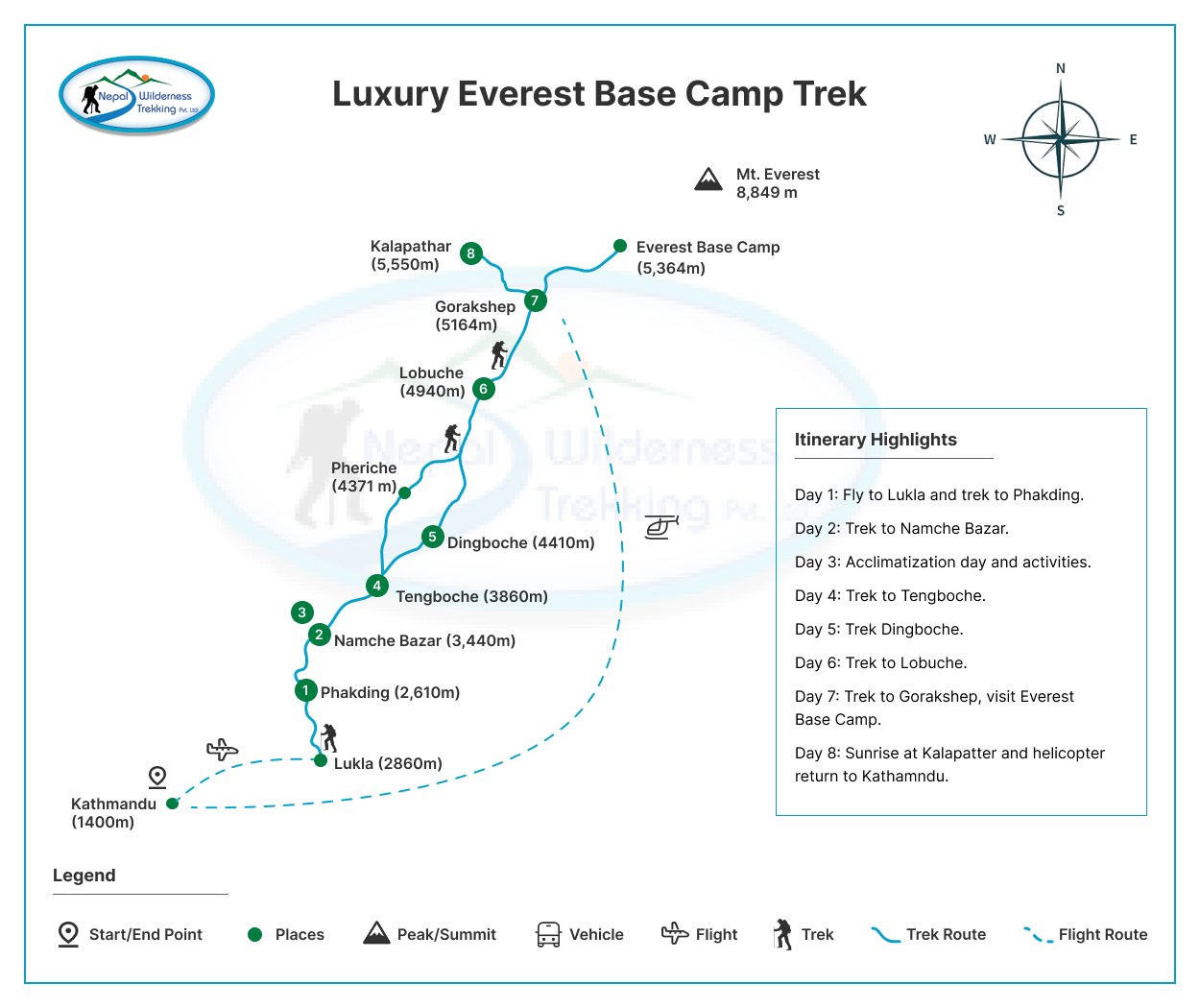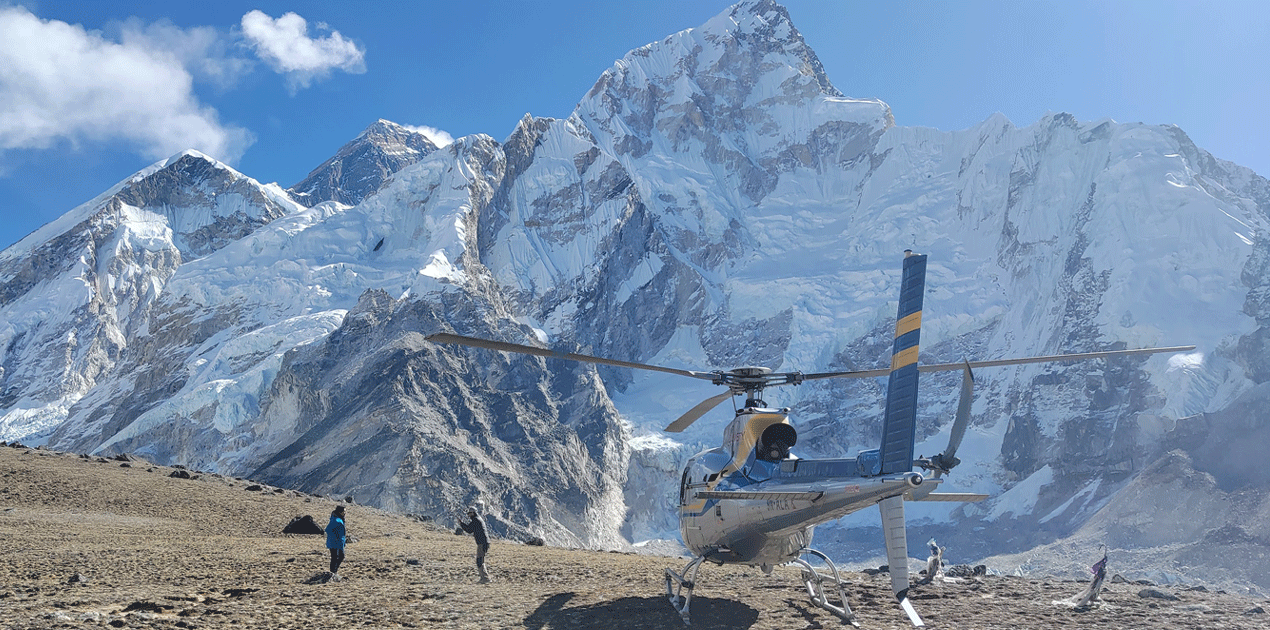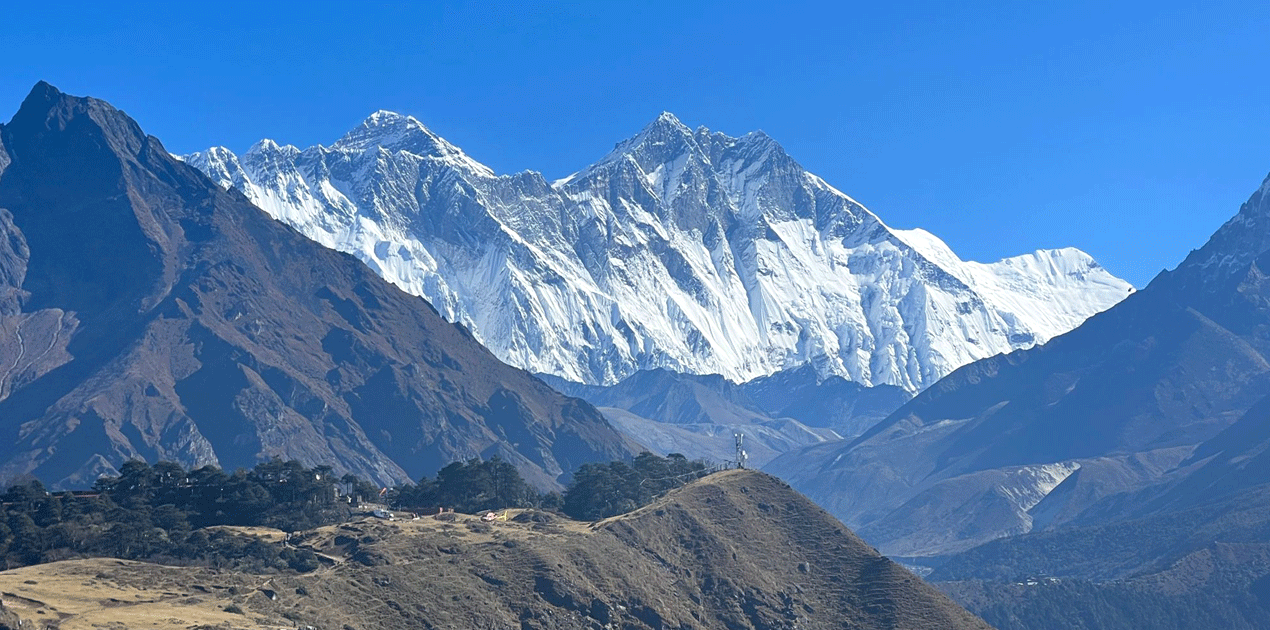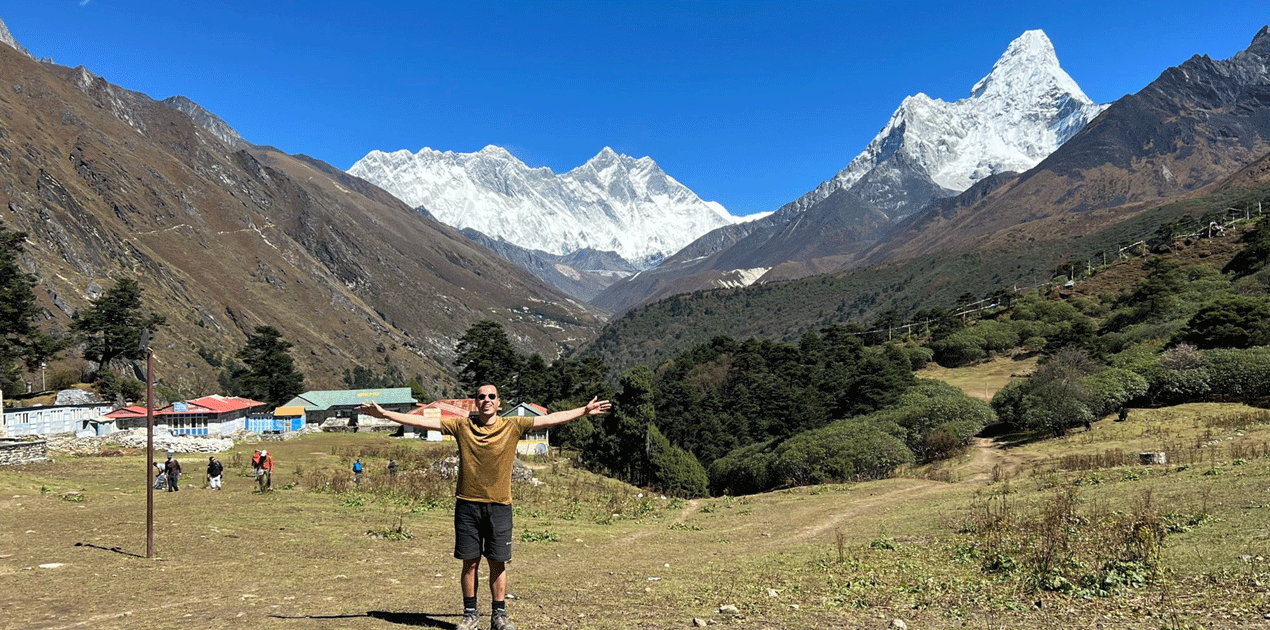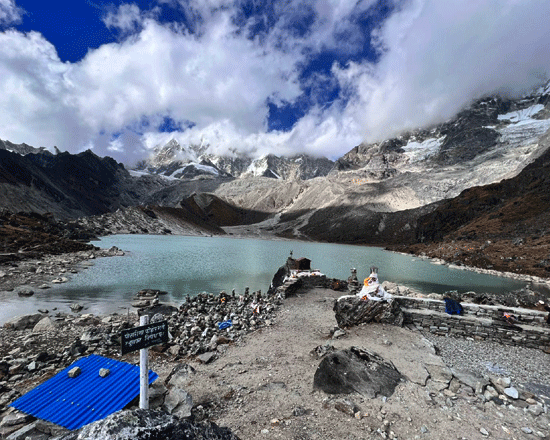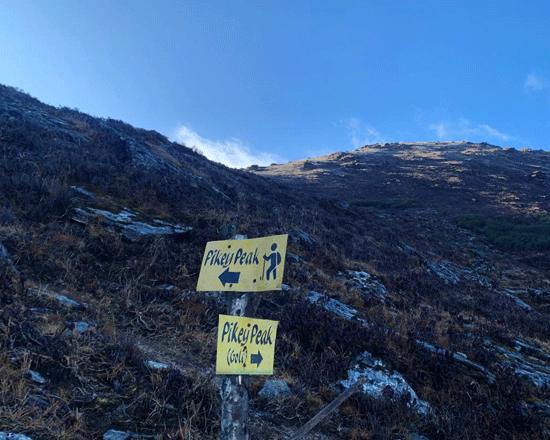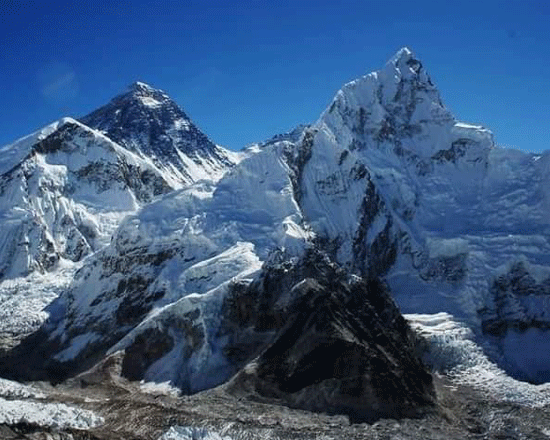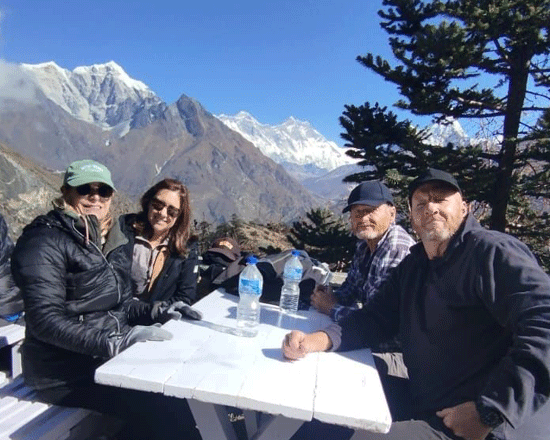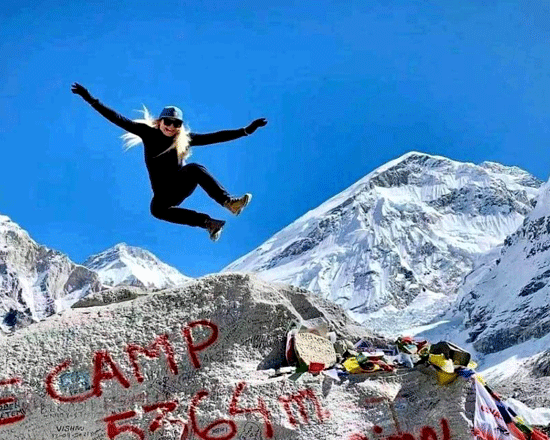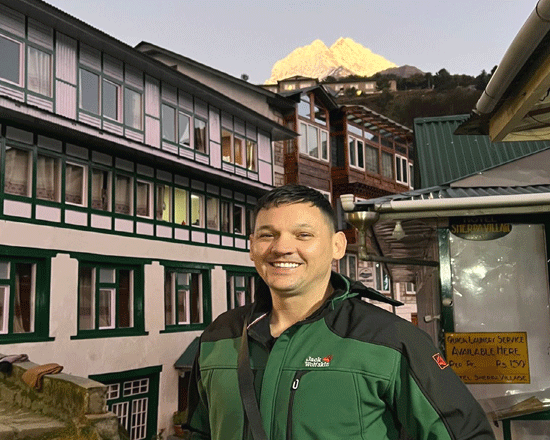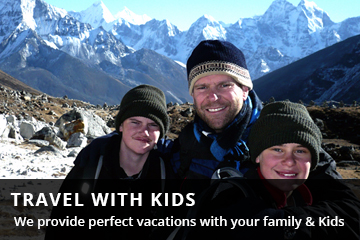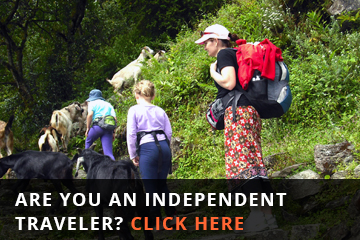Luxury Everest Base Camp Trek
Luxury Everest Base Camp Trek
Everest RegionTrip Facts
Duration : 8 Days
Max-Altitude : 5545 meters
Program Type : Luxury Trip
Best Season : April- May, Jun, and Sep-Oct-Nov-Dec
Per Day Walking : 5/6
Trek Grade :
Grade 3:
Since the terrain can be hard and the days long, hikers on these treks should be in good physical condition and have some previous mountain walking experience. Steep climbing may be involved, although it is never necessary to use ropes. Treks at this level can he arranged for periods of 16 to 21 days. Typically, a gradual ascent through a green river valley will lead you up to a number of high passes, where you will reach the altitude of 5416m. Often times, you will get a close insight into the Tibetan culture. Participants should expect to trek above 5416m/17872ft.
Mode of Travel : Flight/Land100%
600 Reviews
Overview
Luxury Everest Base Camp Trek
Why Choose the Luxury Everest Trek?
Detail Itinerary
- Day 1: Kathmandu/ Ramechhap to Lukla (2827 meters) morning flight (25 minutes) and Trek to Phakding, Duration: 2 to 3 hours, Highlights: Immerse in Sherpa village life, interact with locals, understand Sherpa culture, stay overnight.
- Day 2: Trek to Namche Bazaar, Phakding to Namche Bazaar (3443 meters) Walking Duration: 5 to 6 hours, Highlights: Explore the bustling market of Namche Bazaar, experience local shopping, relax in lodges and houses, overnight stay.
- Day 3: Acclimatization in Namche Bazaar, Activities: Visit Sherpa Museum, and hike to Everest View Lodge, Highlights: Acclimatization for higher altitudes, breathtaking panoramic Himalayan views, and cultural insights.
- Day 4: Trek to Tengboche /Diboche, Namche Bazaar to Tengboche (3820 meters) Walking Duration: 5 to 6 hours Highlights: Witness the daily monastery prayertime (puja), guided monastery visit, meditation, overnight stay.
- Day 5: Trek to Dingboche Tengboche to Dingboche (4230 meters)Walking Duration: 4 to 5 hours,Highlights: Journey through picturesque landscapes, settle in for the night.
- Day 6: Trek to Lobuche, Elevation Gain: Dingboche to Lobuche (4900 meters), Walking Duration: 4 to 5 hours, Highlights: Ascend to higher altitudes, relish the lodge's comfort and warmth.
- Day 7: Trek to Gorakshep, Visit Everest Base Camp Lobuche to Gorakshep, Visit Everest Base Camp (5450 meters), Walking Duration: 3 hours Highlights: Arrive at Gorakshep, embark on an awe-inspiring journey to Everest Base Camp, back to Gorakshep for a restful night at the lodge.
- Day 8: Sunrise at Kalapattar and Helicopter Return to Kathmandu Sunrise Experience: Visit Kalapattar (5545 meters) early morning helicopter Return: Around 9 AM, fly back to Kathmandu Highlights: Witness the mesmerizing sunrise from Kalapattar, capture the best Everest view, farewell to the Himalayas and return to Kathmandu in luxury.
Cost Included
- Domestic flight ticket from Ramechhap to Lukla
- Sharing tourist bus from Kathmandu Rammechhap
- Sharing helicopter from Ghorakshep to Kathmandu
- Italian, Chinese, Nepali, Indian, and other European foods are available three times a day (breakfast, lunch, and dinner).
- Luxury accommodation in tea houses according to the itinerary
- Kitbag for storing your belongings
- Sleeping bag for a comfortable night's sleep on a trek in minus-25 degrees
- Everest National Park Entrance Trekking Permit
- Khumbu Pasang Lhamu Rural Municipality Entrance Permit
- Experienced English-speaking, Government licensed holder trekking guide
- one porter every 2 pax,
- the guide will help to carry some of your bags too
- Guide, and Porter meals, accommodation, salary, and insurance
- Necessary paper works, all government, and local taxes
- A certificate of appreciation from Nepal wilderness trekking after a successful trek
Cost Excluded
- International flights
- Upon arrival at Tribhuwan International Airport, Nepal entry visa fees vary by duration (15 days - $25-30, 30 days
- Accommodations and meals in Kathmandu before and after our journey
- Personal equipment for high and cold temperatures
- Emergency high-altitude rescue and evacuation are covered by travel insurance
- All beverages, Soft and caffeinated table drinks such as coke, beer,
- Drinking water/mineral water, Dessert, etc. Hot shower, laundry
- Tip for guide and porter
- Excluded are all costs and expenses not listed under "cost includes"
- Inclusion of costs or delays beyond the control of the management, such as landslides, weather conditions, itinerary modifications due to safety concerns, illness, changes in government policies, strikes, etc.
Trip Map
